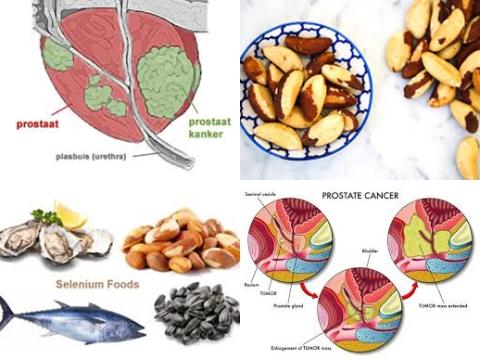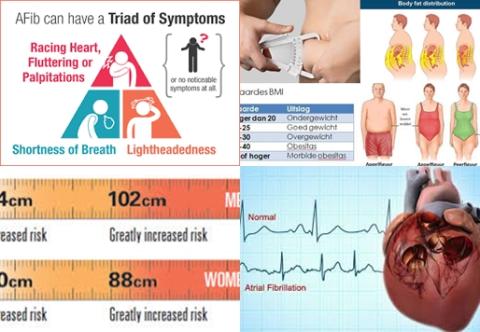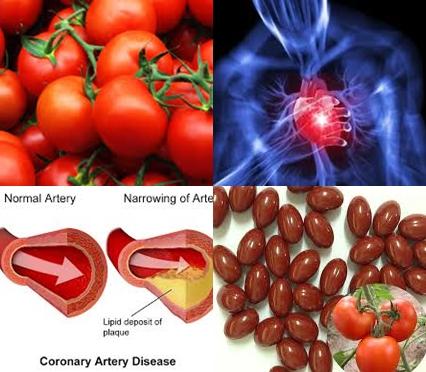Elevated serum selenium levels may decrease high-grade prostate cancer among current and former smokers

Objectives:
Some observational studies have shown that elevated serum selenium levels are associated with reduced prostate cancer risk. However, not all published studies support these results. Therefore, this review article (meta-analysis) has been conducted.
Does an elevated serum selenium level reduce prostate cancer risk?
Study design:
This review article included 12 case-control studies, 4 cohort studies and 1 RCT with 6,136 prostate cancer cases among 34,901 participants.
Results and conclusions:
The investigators found elevated serum selenium levels significantly decreased prostate cancer risk with 24% [pooled OR = 0.76, 95% CI = 0.64 to 0.91, I2 = 60.8%, p = 0.001]. Significant means that there is an association with a 95% confidence.
The investigators found in subgroup analysis, an inverse association between elevated serum selenium levels and prostate cancer risk in case-control studies, current and former smokers, high-grade cancer cases, advanced cancer cases and different populations. However, such correlations were not found among cohort studies, nonsmokers, low-grade cancer cases and early stage cancer cases.
The investigators concluded that elevated serum selenium levels may decrease high-grade prostate cancer among current and former smokers. May decrease because the inverse relationship between elevated serum selenium levels and prostate cancer risk was not significant among cohort studies. Therefore, further cohort studies and randomized control trials based on non-Western populations are required.
Original title:
Serum selenium levels and prostate cancer risk: A MOOSE-compliant meta-analysis by Cui Z, Liu D, […], Liu G.
Link:
https://www.ncbi.nlm.nih.gov/pmc/articles/PMC5293444/
Additional information of El Mondo:
Find more information/studies on selenium and cancer right here.

